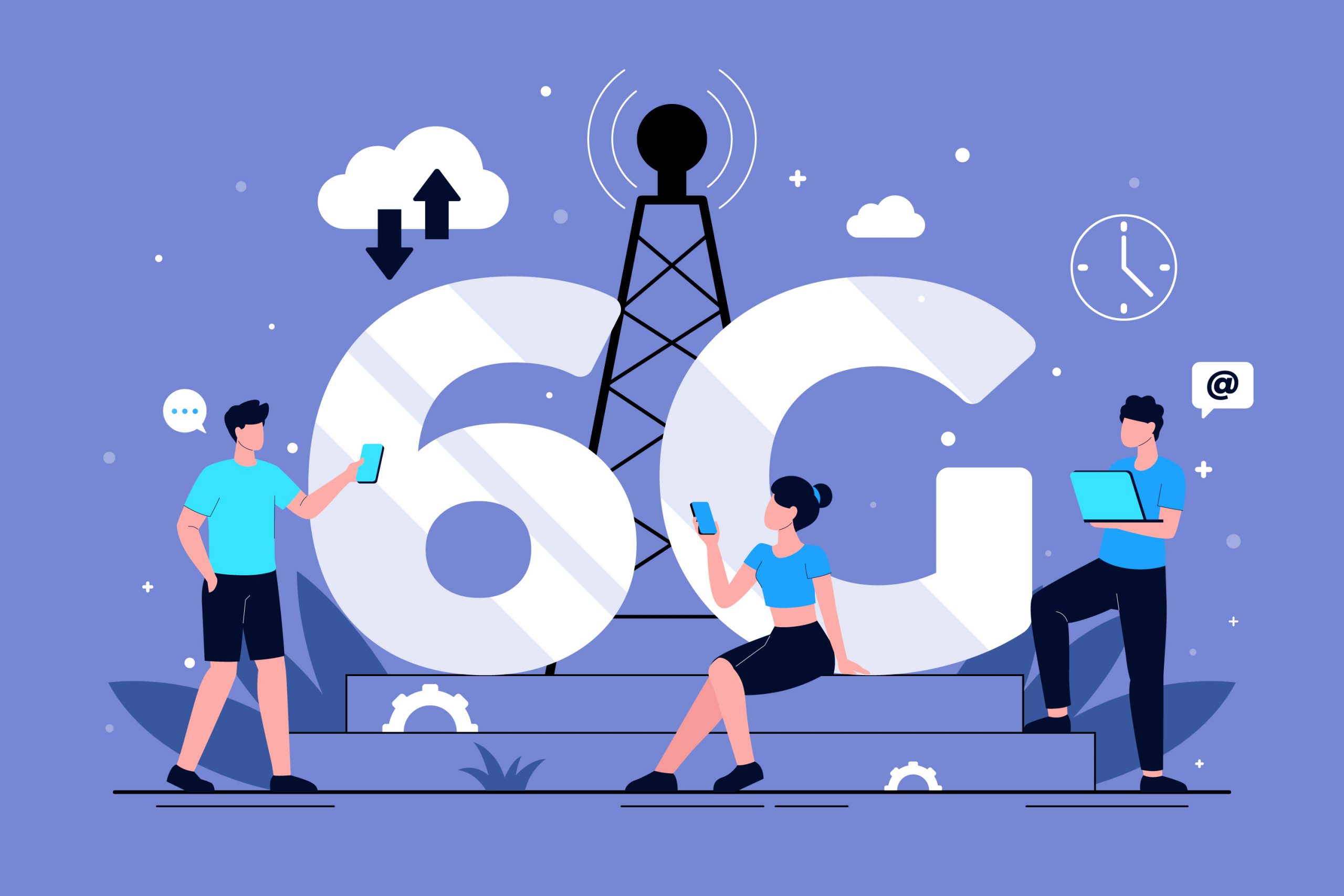Now Reading: The Difference Between 5G and 6G and the Opportunities of the New Standard
-
01
The Difference Between 5G and 6G and the Opportunities of the New Standard
The Difference Between 5G and 6G and the Opportunities of the New Standard

Understanding the Evolution from 5G to 6G
When 5G networks began rolling out in the late 2010s, much of the excitement centered on faster download speeds, smoother video streaming, and the promise of connecting billions of devices with lower latency. While those improvements have indeed fueled innovation across industries, the jump from 5G to 6G is not just about another boost in bandwidth or faster mobile internet. Instead, 6G is being envisioned as a fundamental shift in how communication systems are designed, deployed, and experienced.
At its core, 5G was primarily focused on enabling enhanced mobile broadband, massive machine-type communication, and ultra-reliable, low-latency applications. It introduced higher-frequency spectrum bands (millimeter-wave), increased spectral efficiency, and better support for Internet of Things (IoT) connectivity. However, it still faced challenges with energy efficiency, coverage consistency—especially at higher frequencies—and the seamless integration of intelligent computing at the network level.
By contrast, 6G is being designed not only to improve on these benchmarks but also to integrate intelligence directly into the fabric of the network. Beyond simply transmitting more data, 6G aspires to become a cognitive network capable of predicting user needs, orchestrating machine-to-machine interactions autonomously, and merging computing and communication into one unified system.
Some of the key technical differences between 5G and 6G include:
- Spectrum Use: 5G tapped into millimeter-wave bands, but 6G is expected to expand into the terahertz range, opening vast amounts of unused spectrum capable of supporting unprecedented data rates and ultra-dense device connectivity.
- Latency: 5G achieved latencies around 1 millisecond, enabling real-time control for certain applications. 6G aims to reduce latency even further—towards the microsecond level—making technologies like holographic telepresence and tactile internet fully viable.
- Energy Efficiency: While 5G was a step forward in reducing power per transmitted bit, 6G networks are being designed with sustainability in mind, ensuring greener infrastructure that can support the exponential growth of devices without unsustainable energy usage.
- AI-Integrated Networking: Unlike 5G, where artificial intelligence was more of a supporting technology, in 6G, AI is expected to be native to the network, managing resource allocation, optimizing traffic patterns, predicting failures, and adapting services without human intervention.
- New Communication Modes: 5G enabled augmented reality and virtual reality experiences, but 6G aspires to make holographic communication, high-fidelity digital twins, and ultra-realistic extended reality seamless, with data transmission so fast and reliable that virtual and physical experiences merge almost indistinguishably.
These technical advances are not minor improvements; they represent the foundations of a digital fabric in which machines, people, and environments communicate in real time to form adaptive, intelligent systems.
Unlocking the Potential of 6G as the Successor to 5G
The benefits of this new standard are vast and extend far beyond faster smartphones. Entire sectors of the economy and society are poised to be reshaped by the opportunities 6G offers.
-
Healthcare Transformation
With ultra-low latency and ultra-reliable connectivity, 6G could make remote robotic surgeries a widespread reality. Doctors could perform operations on patients thousands of kilometers away with zero perceptible delay. Continuous, high-resolution health monitoring could also allow diseases to be detected earlier, with patient data securely processed at the edge of the network for real-time intervention. -
Transportation and Autonomous Systems
5G laid the groundwork for vehicle-to-vehicle communication. 6G can take it further by enabling vehicles, traffic systems, and even pedestrians’ devices to become part of a synchronized, AI-driven ecosystem. Autonomous vehicles and drones could operate with near-perfect coordination, drastically improving road safety and logistics efficiency. -
Education and Immersive Learning
The rise of remote learning during the pandemic highlighted the limitations of current connectivity. With 6G-powered extended reality, students could attend virtual classrooms where teachers and peers appear as realistic holograms, interacting in real time as if physically present. Complex subjects—from architecture to medicine—could be taught through immersive, hands-on simulations. -
Immersive Entertainment and Media
While 5G enabled smooth streaming and VR experiences, 6G could unlock digital entertainment on a level closer to science fiction: fully interactive holographic concerts, sports events broadcast in 3D to living rooms, and immersive gaming worlds that blend seamlessly with physical spaces. -
Smart Cities and Infrastructure
6G networks are expected to connect trillions of sensors embedded in roads, buildings, and utilities to create urban environments that monitor themselves and adapt dynamically. From managing traffic flow in real time to optimizing energy consumption, this hyper-connected infrastructure will improve both efficiency and sustainability. -
Industrial Automation
Factories powered by 5G already showed gains from automated machinery and IoT integration. 6G, with its seamless AI integration and high reliability, could enable fully autonomous manufacturing plants that operate with minimal human involvement, producing goods faster, with higher precision, and with lower costs.
Strategic Implications and Ethical Considerations
The move to 6G is not just technological; it is strategically significant. Nations are already competing to lead in 6G research, with early discussions about global standards shaping technological leadership for decades to come. Whoever controls 6G infrastructure and intellectual property may gain advantages in innovation, cybersecurity, and digital economies.
However, the rise of 6G also raises critical ethical and policy questions. A world of interconnected intelligence and omnipresent sensing could challenge notions of privacy, data security, and digital rights. Ensuring that the benefits of 6G are deployed responsibly, inclusively, and sustainably will be as important as achieving the raw technical milestones.
Conclusion
The difference between 5G and 6G is larger than just a generational leap in speed. While 5G brought connectivity to the forefront of modern society, 6G has the potential to weave communication, computing, and intelligence into the fabric of daily life. Its impact will be felt across healthcare, transportation, entertainment, education, industry, and beyond.
As global research accelerates, it is clear that 6G represents both a technological revolution and a societal inflection point. If developed ethically, sustainably, and inclusively, it can unlock transformative opportunities and bring humanity closer to seamless digital-physical integration—a future where communication is not just faster, but profoundly smarter.














